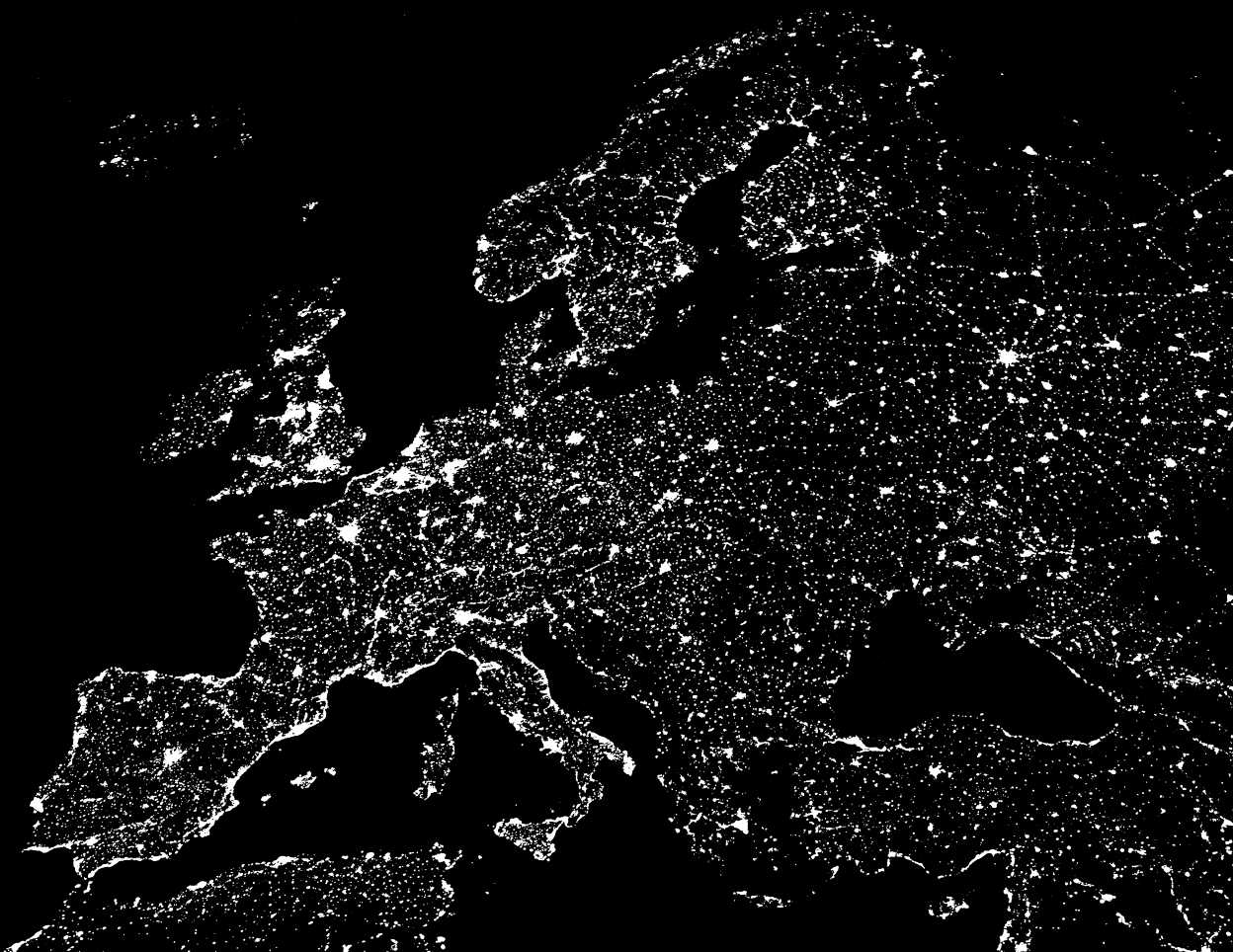Book: Transformation of Urban Landscapes

The book “Transformation of Urban Landscapes” sheds light on the global phenomenon of changing landscapes as a result of systemic changes within our cities on a worldwide scale.
Starting point and red thread of the book “Transformation of Urban Landscapes” is the profound transformative change of the landscapes in front of our eyes. We can observe this for example across the Swiss Mittelland - but in fact it is a global phenomenon. The book presents a theoretical foundation to see cities as complex systems. On this basis it addresses practical questions as well as the complex interplay of economic, political or spatial systems.
While cities and their planning were always complex the new era of globalization exposed and brought to the fore this complexity. It created a situation that the complexity of cities can no longer be ignored. The reason behind this is the networking of hitherto rather isolated places and systems across scales on the basis of Information and Communication Technologies. «Parts» of the world still look pretty much the same but we have networked them and made them strongly interdependent. This networking fuels processes of self-organization. In this view regions emerge from a multitude of relational networks of varying geographical reach and they display intrinsic timescales at which problems develop. In such a context, an increasing number of planning problems remain unaffected by either «command-and-control» approaches or instruments of spatial development that are one-sidedly infrastructure- or land-use orientated. In fact, they urge for novel, more open and more bottom-up assembling modes of governance and a «smart» focus on how space is actually used. Thus, in order to be effective, spatial planning and governance must be reconceptualised based on a complexity understanding of cities and regions, considering self-organizing and participatory approaches and the increasingly available wealth of data.
